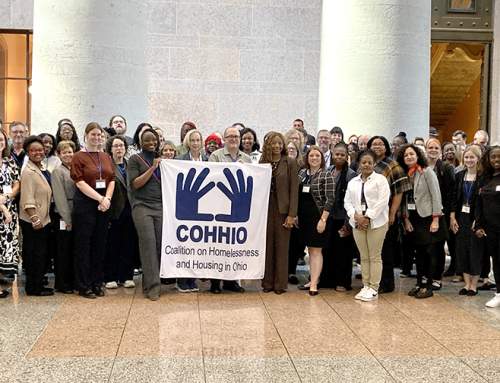As we settle in to the new year we’re facing real challenges – the Omicron variant, skyrocketing housing costs, deadlock in Congress. Despite these huge problems, I’m feeling good about 2022.
Let’s not allow the ongoing pandemic or current gridlock in Congress to obscure the incredible progress we made on housing we made in 2021. Take a moment to consider some of the new housing resources that flowed into Ohio last year:
- For the first time ever, we have an Emergency Rental Assistance program worth over $1 billion – enough funding to actually prevent most evictions for the next two years.
- Ohio received $90 million in HOME-ARP and has dedicated $30 million to develop supportive housing for people experiencing homelessness.
- Ohio’s public housing authorities got 1,522 new Emergency Housing Vouchers to move homeless Ohioans into apartments and provide services to keep them out of homelessness.
- Nearly $60 million in Emergency Solutions Grant – Coronavirus Relief (ESG-CV) dollars went to help Ohio’s nine regional homeless system cope with the impact of Covid on their clients and staff.
- Ohio received $11.2 billion in State and Local Fiscal Recovery Funds, and officials are seriously considering investing some of these dollars on housing.
- The new state budget provided $6.8 million for the Ohio Department of Health to help local agencies working to end youth homelessness.
- The state budget also includes new funding, $2.25 million, to expand the Healthy Beginnings at Home program to reduce infant mortality through housing interventions.
- The DeWine administration provided $9.1 million in TANF funds to continue the Housing Now for Homeless Families program.
Implementation Challenges: With all this new funding coming online, we’ve been very busy trying to ensure that it gets spent as effectively as possible. There’s a lot more work to do on that front, but we are seeing promising signs. State spending on Emergency Rental Assistance increased 36% in November to $18.7 million, and the number of Ohio households who got help went up to 6,301. Things are moving in the right direction, but we’re missing the opportunity to help people who are facing eviction. The Ohio Department of Development (ODOD) recently created a program improvement plan that – if fully implemented – will accelerate the distribution of rent relief by creating a statewide application portal to help process applications and increase outreach to landlords and other stakeholders.
Utilization of Emergency Housing Vouchers and ESG-CV funds are also lagging. One of the main causes of this slow implementation is the growing shortage of affordable housing. As national rents spiked 18% last year, providers throughout Ohio are having increasing difficulty finding landlords willing to participate in housing assistance programs because they can raise the rent and find tenants willing to pay. The bottom line is: we need to develop and rehabilitate more affordable rental units. The HOME-ARP funding is a great way to do that, and we’re urging ODOD to invest the remaining $60 million of Ohio’s HOME-ARP funding to create more supportive housing units.
Statehouse Advocacy: The State’s $5.4 billion Fiscal Recovery Fund presents another big opportunity to increase Ohio’s supply of affordable housing. Many of you helped us convey this message in a joint letter signed by over 180 organizations to the DeWine Administration and key legislators, who are now considering our proposal to use $391 million of those dollars to develop and rehabilitate more affordable rental units. We gearing up with our allies to increase pressure on decision-makers to use these funds to start closing Ohio’s affordable housing gap.
Fixing and passing House Bill 237 is another way we can take a bite out of Ohio’s affordable housing shortage. This proposal would adjust county recorder fees that generate revenue for the Ohio Housing Trust Fund – the primary source of state funding for affordable housing and homelessness programs. While the current version cuts the OHTF out of any funding increase, we are working with allies in the Statehouse to amend the bill to maintain the traditional 50-50 split with county recorders offices.
Federal Advocacy: The Build Back Better bill that passed the U.S. House last fall could also boost Ohio’s affordable housing supply, but as we all know it’s stalled in the U.S. Senate for now. However, the Biden Administration and Congressional leaders believe they will be able to strike a deal with Sen. Joe Manchin (D-WV), who has blocked passage of the bill.
If the House’s version passes, it will be the biggest investment in affordable housing that I’ve ever seen during my 30+ year career. So many of you have helped us advocate for the $150 billion housing investments in the BBB bill, which include $25 billion in housing vouchers, $65 billion for public housing, and $15 billion for the National Housing Trust Fund, and much-needed improvements to the Low Income Housing Tax Credit, HOME, and Community Development Block Grant programs.
But it’s important to keep making those calls and sending those emails because Congressional leaders and the White House are considering cuts to the legislation, and those cuts could target housing if we don’t speak up loud and clear. So please contact your members of Congress and urge them to support keeping housing in the bill. And if you have friends or family in West Virginia, please ask them to urge Sen. Manchin to pass BBB with full funding for housing programs.
Negotiations on the Fiscal Year 2022 spending bill are also heating up. The House version passed last summer would increase funding for HUD’s housing programs, including an expansion of Tenant-Based Rental Assistance to an additional 125,000 households. With the continuing resolution set to expire Feb. 18, now is a great time to ask your members of Congress to pass an FY 2022 spending bill that includes the major expansion of housing vouchers that was included in the House’s version. (Our friends at the National Low Income Housing Coalition have more details here.)
The Best Job in the World: By now you’ve probably heard that I’m planning to retire this summer. As I wind down my tenure at COHHIO, I’m encouraged by all the opportunities we have right now to make a positive impact on people who are struggling the most during these trying times. And I’m encouraged by all the energy and passion for justice that I see in the younger generations. It’s almost time for me to step aside and let someone new lead COHHIO into the future.
I’m grateful that COHHIO’s Board has formed a search committee to find a new Executive Director. The field is currently wide open. There is no internal candidate in line to take the position, so if you’re interested and qualified, I encourage you to apply. And there are currently several other open positions at COHHIO – they’re all posted on our website here.
Thank you for helping us house Ohio!
Bill Faith








